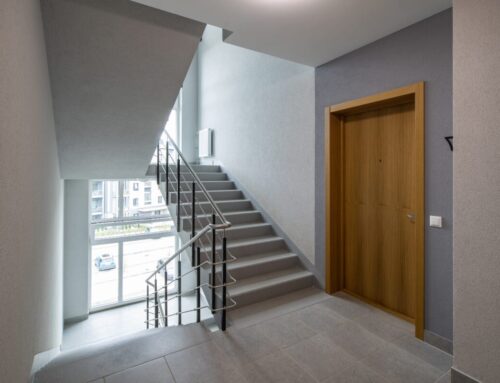Belinda Thorpe, Managing Director of Residentsline, discusses why is it important to save water in your household.
Saving water is something we should all be doing. As a finite resource, it’s important that we do whatever we can not to waste water, as this could have a disastrous result on many future generations to come. On top of this, saving water is a great way to protect our environment and local community. It’s a small change with a massive impact, so why aren’t we all doing it?
The simple reason: it’s easy. It’s easy to leave the tap running when you brush your teeth or do the washing up. It’s a small action which only wastes a bowl (maybe two?) of water. However, like most environmental battles we’re fighting today, it’s the collective action of everybody doing the same thing which leads to the larger consequence. The good news is that it’s also easy to reverse these changes, and this starts at home. And even better, if the majority of us decide to make these small changes, the collective impact will be massive.
So, why is saving water so important?
- Making water safe for household consumption is a costly process. Using less water saves money on a large scale, but also saves your household money when the bills come around.
- Water purification is a multi-step process which unfortunately has a highly detrimental impact on our environment. If we use less water, we play a big part in lessening the effect we’re having on our already-damaged environment.
- As already stated, water supply is not infinite. That means that at some point in the future, clean and fresh water will not be readily available as it is now and future generations will suffer massively. By saving water, we extend the time that our water supplies will last, not just for us but for everybody.
How to save water in your kitchen.
Predictably, a lot of water is used in the kitchen and is often wasted. To combat this, most new appliances are being designed to be far more efficient both in terms of energy use and water use. Even still, we must take whatever steps we can to reduce any unnecessary household consumption.
- Washing machines and dishwashers used over 500 billion litres of water in the UK in 2000 alone, and 94% of this was used by washing machines. Try and use the shortest wash cycle (wool cycles take much more water per kg) and when purchasing a new machine look for a machine with an efficient cycle of approximately 45-50 litres per 5kg load.
- Dishwashers have also become much more efficient; an older dishwasher may need up to 40 litres of water in comparison to some of the newer models which use as little as 15 litres. However, you can help by ensuring that you only use your dishwasher (and washing machine) if it is full. This stops any unnecessary water usage.
- A kitchen tap will use 15-20 litres of water for every minute they are left running. When washing up, always try to use a washing up bowl rather than running a tap so that you only use the water you need. On top of this, try to avoid rinsing your dishes prior to loading your dishwasher.
- When preparing vegetables in a bowl you can use the water and food scraps to feed your plants. This kind of leftover water is ideal for plants as it will help to get rid of aphids.
How to save water in your bathroom:
- It’s usually best to take a shower rather than a bath; a 5-minute electric shower will use around 40 litres of water compared to a bath which is around 100 litres.
- Check how much water your shower uses as a power shower can use more than an electric shower (the shower manufacturer will be able to confirm).
- Try reducing the length of your shower as this could save you both water and energy.
- If you take a bath, don’t overfill!
- Turn the tap of while you are brushing your teeth.
- Toilets have a flush of between six and thirteen litres depending on their age. Always try to use the short flush if you have a dual flush cistern.
- Fix leaks from your toilet. You can normally detect any leaks from your cistern if the water is leaking from your overflow pipe. Many newer toilets have internal overflows, if your cistern is leaking you should see the water running down the toilet pan when the toilet has a leak even when the toilet has not been flushed.
- Check to see whether the water level is too high, if it is the float valve could be altered, however, if the water continues to rise you may have a faulty washer.
- Check each cistern to see if the water level is too high, If it is, the float valve setting can be altered. If the water level continues to rise it is likely that you have a faulty washer in your ball float valve.
- Mend dripping taps. Most taps drip due to a faulty washer. When replacing a washer always ensure that the water supply is turned off and drained. Washers come in many sizes and you need to ensure you have the right size before you start.




Leave A Comment